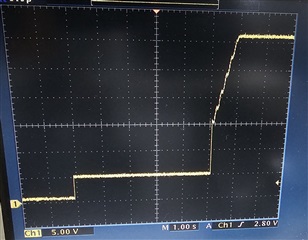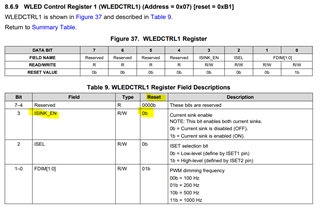Other Parts Discussed in Thread: AM3354, ,
Hello,
We are using the TPS65217B with a Sitara micro (AM3354), and occasionally we get boards that no longer power up. We use a dedicated 5V supply to power the PMIC through the AC pin, which seems to be solid. We probed the PWR_EN and nWAKEUP pins, and it appears that PWR_EN is held to about 1.8V, then eventually shuts off. WAKEUP goes high (5V) for about 75mS, then turns off. Is this a sign that the PMIC has failed, or the micro has failed?
Design -

Thanks,
Doug Franck
EE




